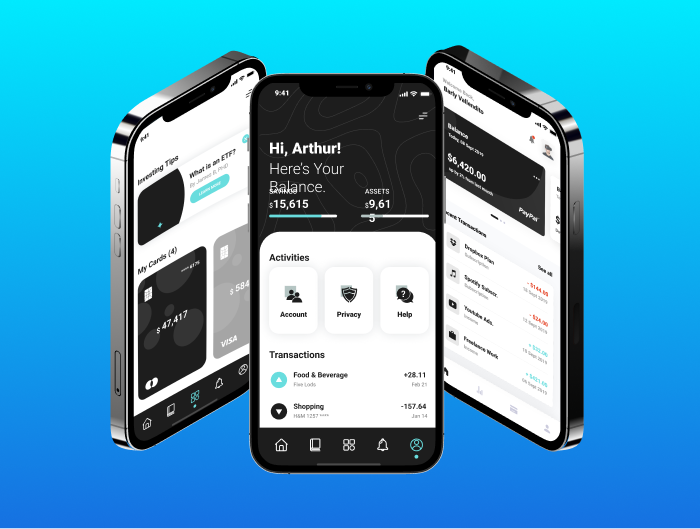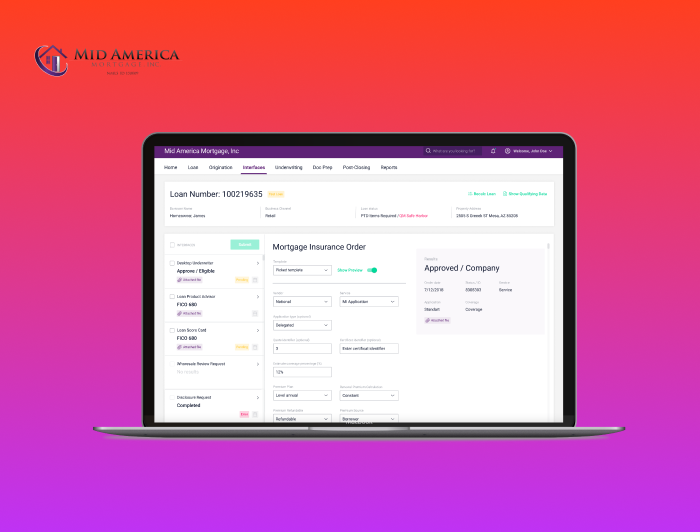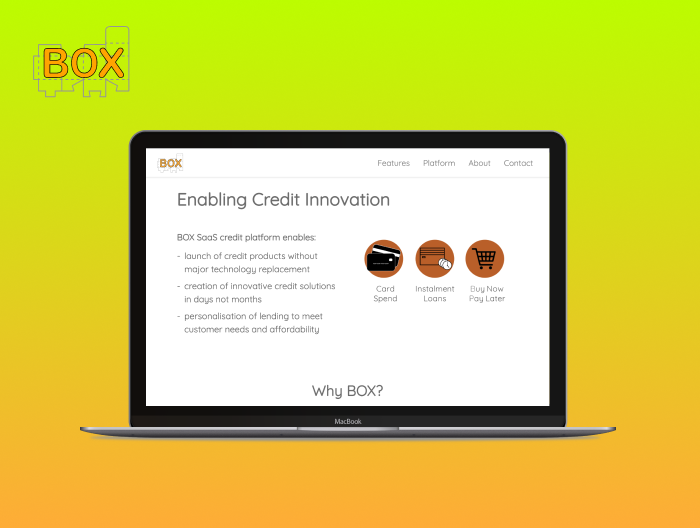
How to Make Automated Trading Software
Digital transformation in trading has led to the emergence of advanced software solutions that continue to disrupt financial markets. Given recent advancements in Artificial Intelligence (AI) and data analytics, investors have an opportunity to capitalize on new market initiatives and benefit from greater convenience and accuracy in their decision-making. Yet, building a well-orchestrated automated trading software usually comes as a challenging endeavor. In this article, we will explore the intricacies of automated trading software development and provide a step-by-step guide for creating effective and relevant solutions so that your company can seize untapped growth in the foreseeable future.
What Is Automated Trading Software?
Automated trading software, also known as system trading or algorithmic trading, represents a type of solution for trade execution and management that heavily rely upon specific rules and parameters and encompasses automated stock trading software. In this way, a trader can create a system that enters or exits the trade and can pinpoint new market trends. These characteristics greatly contribute to decision-making practices and foster a sense of accuracy driven by data-based insights. In the majority of cases, there is a single algorithm that links an automated trading system to an access broker, who previously set up rules for trading. Depending on the specific requirements, automated trading solutions are different in their architectures or programming languages. Let’s have a closer look at key considerations for the development of automated trading software that may help your company craft a nimble automated trading system.
How to Make Automated Trading Software
Search for the Right Provider
Finding the right provider is the first and one of the most crucial steps on this journey. At the very beginning, there is a strong need to define your short-term and long-term objectives clearly. You may start researching what various providers offer and then opt for the most suitable choice. Analyzing each software in terms of availability, cost, user-friendliness, scalability, and customization tools is a great contributor to your decision-making. This approach also usually implies technical analysis, algorithmic trading, or a combination of both. You can also look for customer reviews and make a performance comparison of the available automated trading software products. When it comes to the final decision, you may focus primarily on your goals, strategies, and market perspectives.
Brainstorm Ideas
After you find a software provider and get familiar with the user interface, you can prioritize ideas and craft your plan for future automated trading software. There are several popular models, including VWAP (Volume Weighted Average Price), TWAP (Time Weighted Average Price), Arrival Price, Execution Time Weighted Average Price (EWAP), Benchmark Volume Weighted Average Price (VWAP), Implementation Shortfall, or Trading Range.
Each and every one of these models has different characteristics that suit different trading strategies. For example, VWAP relies on the market volume and provides an average weighted price of a security over a certain period of time. While choosing the right model, you may consider the liquidity of the market and the cost of trading. A model with a higher level of liquidity might require more resources, whereas one with a lower level of liquidity might be more cost-efficient. For example, TWAP is less expensive but more prone to slippage. At the same time, VWAP has a higher chance of getting superior execution while balancing the liquid and cost factors.
Launch Backtesting
Backtesting is a baseline for the ongoing support of your automated trading system. Regardless of whether you’re starting from scratch with your own automated trading product or deploying an available solution, backtesting makes it possible to experiment with different strategies. Although it is impossible to predict how a strategy will perform with 100% accuracy, backtesting does let you get a realistic gauge of how an automated system will fare under certain conditions. A reliable backtesting process can help you make a system with more robust performance, better risk management, and fewer errors. Numerous software packages allow you to test out unusual scenarios that would not be practical with live trading and data-mine historical prices to develop and test a trading strategy that lives up to your needs.
Finetune Risk Management
Risk management is an indispensable part of every trading experience. Effective stop loss, lending indicators, and VaR (Value at Risk) are all essential components for any successful automated trading software. Stop loss orders set a level of maximum loss that you are willing to accept, limiting the losses that may occur. Likewise, lending indicators can inform traders when they should be entering or exiting trades and may also offer valuable insight into market trends. As another risk management tool, VaR enables traders to assess the risks associated with each transaction and creates an estimate of the likely loss in portfolio value over a given time period. In addition to this, algorithmic elements can be programmed to recognize profitable opportunities and encourage automated trading software to execute trades accordingly.
Final Thoughts
Automated trading software development offers numerous opportunities for traders who are comfortable taking on a bit of technical knowledge and risk. Building an effective automated trading system depends on multiple factors, including market trends, your risk management standards, trading objectives, as well as backtesting strategies. To get started, begin by outlining your trading goals and objectives, and determine the type of assets you would like to trade. Once you have identified your goals, you can begin building a strategy around them. This approach may include developing rules and backtesting them to help identify and take advantage of profitable trends in the market. Additionally, it is essential to keep up with both technical and market analysis to ensure that you have an edge in the markets.
Latest Insights
Stay informed on the latest updates and trends to follow in financial services, digital transformation and software development from NerdySoft





